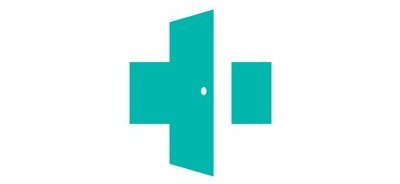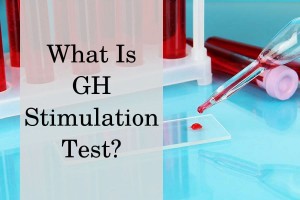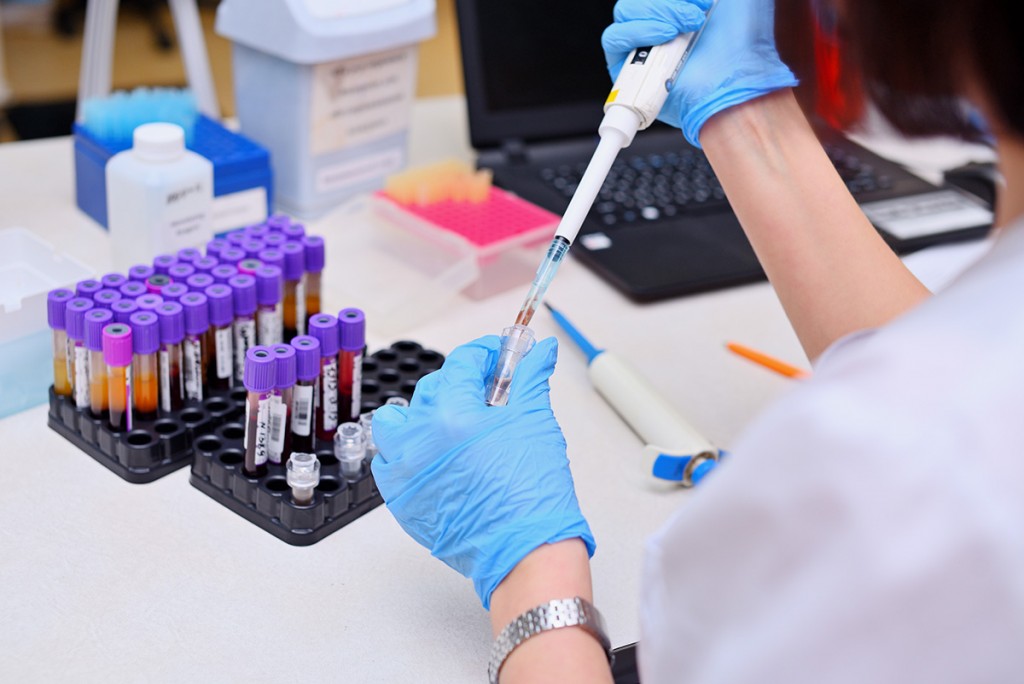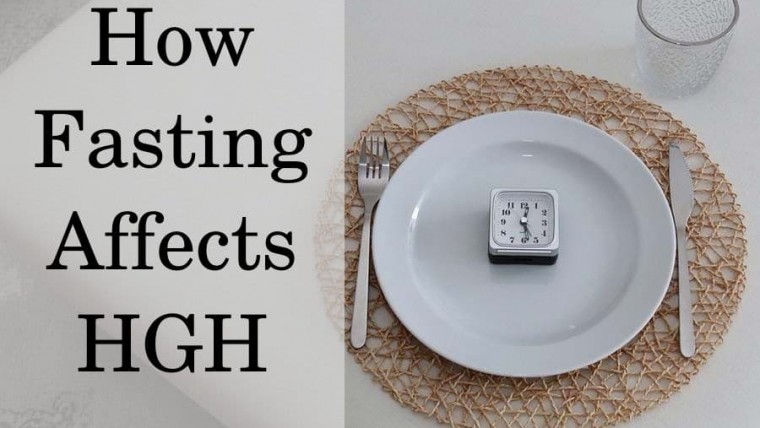In this article
Produced inside the body’s pituitary gland, human growth hormone (HGH) plays a vital role in helping muscles, bones and bodily systems. The deficiency of growth hormone could precipitate many potentially serious physical manifestations and health concerns.
Fortunately, healthcare professionals might be able to prevent such circumstances from occurring through the timely detection and treatment of GH deficiency with a help of a growth hormone stimulation test (GH stimulation test).
We will help you with preparation for the growth hormone deficiency test. Reveal to you how the exam is performed, what results are normal and the cost of the test.
What is a growth hormone stimulation test?
The GH stimulation test is conducted to determine how effectively your body is producing the chemical in question. Under normal circumstances, a portion of the pituitary gland synthesizes and releases HGH into the bloodstream.
Pituitary disorders and a host of other illnesses might interfere with typical GH production. Therefore, the GH stimulation test might aid medical professionals in identifying specific medical maladies.
How much does a growth hormone stimulation test cost?
The cost of a growth hormone stimulation test varies depending on the location and insurance coverage. However, the average cost is around $100 and can be included in the cost of HGH therapy.
Factors contributing to the exam’s costs include the type of facility the test is being performed in, the specific drugs the patient will be administered, the duration of the procedure and if any other special considerations must be made in conjunction with performing said test.
How to prepare for the GH test
For the examination to be administered properly, intended recipients must adhere to certain preparatory guidelines that include:
1. Fasting
Those scheduled to undergo the GH stimulation test must refrain from eating anywhere from 10 to 12 hours in advance of the exam’s administration. Food can skew test results.
2. Check Medications
Specific prescription drugs might also influence test results. Individuals scheduled to receive the test are advised to speak with their doctor to be following a prescription medication regimen.
3. General Health
In certain instances, the general health of a prospective test recipient might factor into whether said individual should receive the exam as scheduled. For example, should someone be stricken with a virus or infection, the exam may need to be performed at a later date.
How GH stimulation test is performed?
Medical professionals perform the growth hormone stimulation test by drawing numerous samples of a recipient’s blood. However, samples are taken intravenously (IV) instead of through repeated needle pricks and collections.
Those undergoing the exam are subjected to the following steps. A physician inserts an intravenous line into a blood vessel in either the elbow or hand of a said individual. Before any samples are drawn, an antiseptic solution is applied to the injection site to prevent potential infections. Shortly thereafter, the first sample is taken.
Once these initial steps are completed, the recipient is administered drugs that stimulate the pituitary’s production of HGH. After the drug performs its intended task, healthcare providers take further blood samples over a duration lasting anywhere from two to five hours.
The final part of the process involves the test administrator removing the IV line and applying pressure to the injection site to corral or prevent the onset of bleeding.
What are the normal values?
Following the test, there are certain numbers that indicate positive growth hormone stimulation test results.
A typical peak value reading, which indicates the normal production of growth hormone will be no less than 10ng/mL. Normal readings usually indicate sufficient HGH production and often rule out potential health conditions that might precipitate hormonal deficiencies.
Accepted GH cut-points for GH stimulation tests
Individuals classified as being in the intermediate level often return with readings of anywhere from 5 to 9 ng/mL. It is important to note, however, that certain medical facilities rule readings of seven or higher as the normal range.
Those whose growth hormone stimulation test results are found to be 5 or fewer nanograms per milliliter will likely be diagnosed with adult-onset growth hormone deficiency and will require further medical evaluation to determine the condition’s cause.
What to do after the GH Stimulation test
Individuals with subnormal readings will need to initiate corrective measures. A doctor might employ various therapeutic protocols. The specifically said endeavor utilized could be determined by several factors such as the patient’s age, weight, overall health, the severity of the hormonal deficiency and the underlying cause.
In patients with minor deficiency, engaging in lifestyle changes and employing methods that may naturally boost HGH production such as practicing a healthy diet might prove effective. Should hormonal insufficiency be precipitated by an underlying medical problem, identifying and remedying said ailment could prove beneficial.
However, in adults with significant deficiencies, the recommended course of action is HGH therapy. Young people are often administered injectable quantities of the hormone shortly after a deficiency is diagnosed and continued until the growth rate is regulated.


![Growth Hormone Stimulation Test in Adults [Guide]](https://hrtguru.com/wp-content/uploads/2019/02/shutterstock_94154542-1170x658.jpg)




